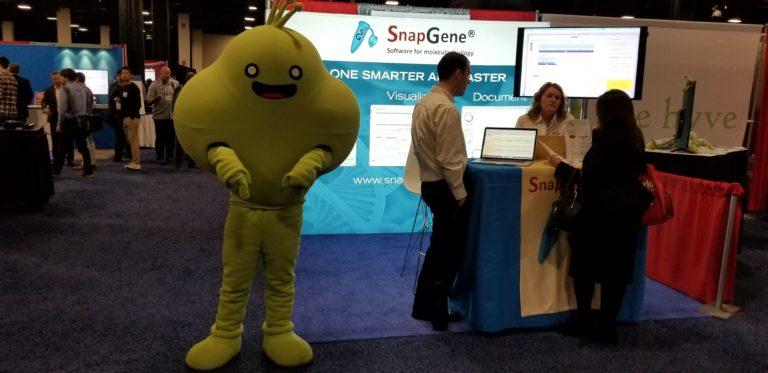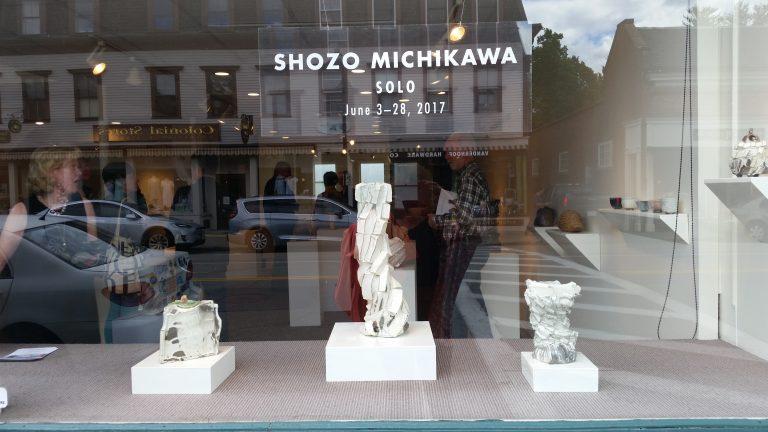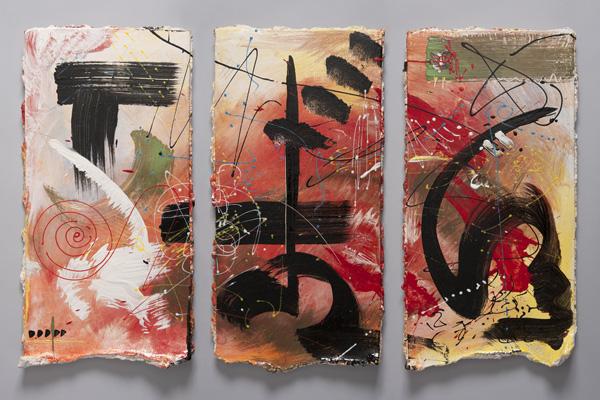Cambridge science writer Anita Harris reports on award-winning technologies she came upon at the 2018 BIO-IT World...
Boston
Cambridge writer Anita Harris was struck by the lightness, strength and movement in the work...
Cambridge writer Anita Harris much enjoyed the performance Keytar Bear, a musician, on the Kendall Square...
Writer and communications consultant Anita Harris asks if Bernie and Phyl's new sexualized furniture ads are a...
The current show at Lacoste Gallery features the work of Don Reitz. "One of the great...
Anita M.Harris' forthcoming Ithaca Diaries, Coming of Age in the 1960's is not just for "boomers,"...




